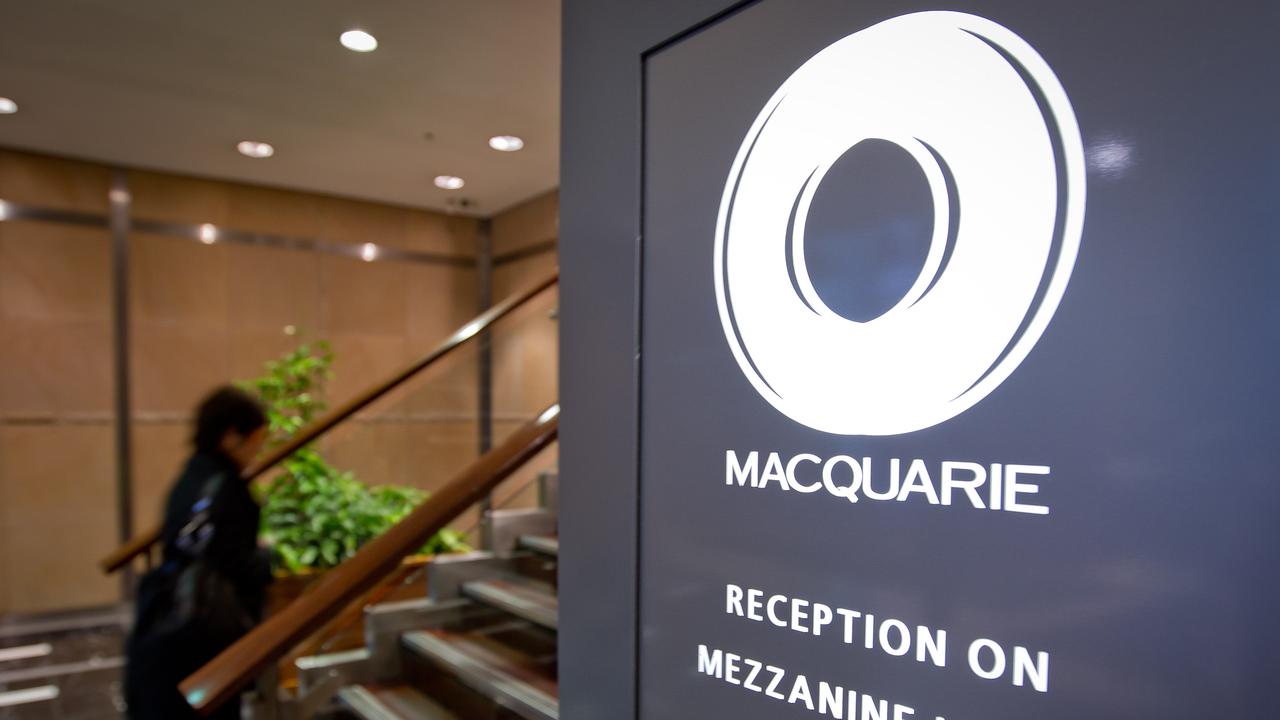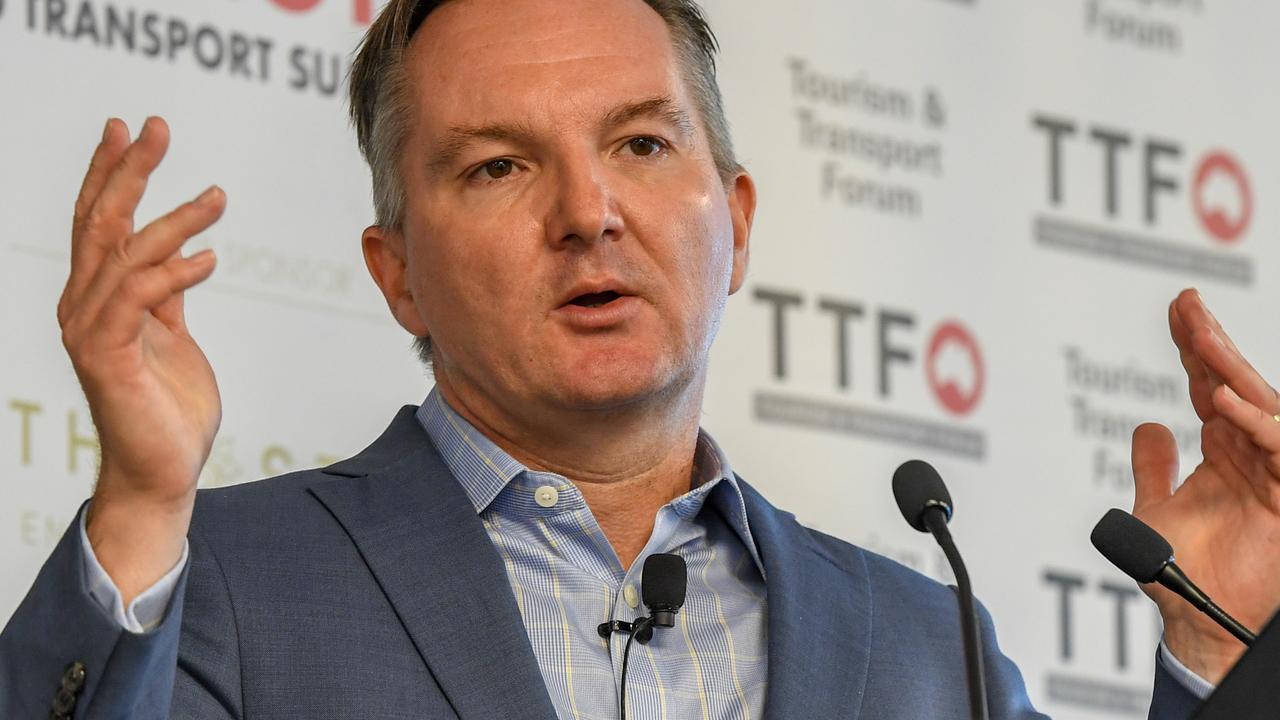Prepare for regular blackouts, unless we follow Finkel’s plan
Unless governments follow the Finkel plan, it is a near certainty much of the nation will suffer extended and regular blackouts.

Around the energy industry the full repercussions of the Chief Scientist Alan Finkel’s proposed renewable energy back up measures are quickly sinking in.
As a bare minimum, providing back up will at least double the capital cost of proposed wind and solar installations. It is highly likely that in some circumstances the final capital cost of renewables will rise three fold, particularly if grid updates are included.
These back up capital projects often involve high-risk investments, usually by private operators. They will want a return that equates with the risk. As a result the recent rise in power prices is set to continue and may accelerate dramatically.
But unless we follow the Finkel plan longer term there is a near certainty of extended and regular blackouts in Victoria, NSW, and Queensland. South Australia has already experienced blackouts so understands what can happen. It is heading in the direction outlined by Finkel.
Australia can be very grateful to Alan Finkel. I do not know whether he grasped the magnitude of the looming crisis from my writings. Obviously he would have also used other sources. But we both came to similar conclusions — the current policies being adopted by the state governments are a potential disaster and if not changed longer term would greatly damage hospitals, food retailers, industry, as well as consumers who need power.
The Finkel policy that gets the most publicity is the renewables target. But in my view far more important is the policy that insists that future renewable energy plants have back up.
In today’s commentary I will illustrate by showing how Victoria’s policies, without the Finkel measures, will head the state to the near certainty of longer term blackouts. But Finkel warns that in the short term the damage already created in Victoria has created a clear risk that Victoria will suffer blackouts. NSW’s mistakes caused it to suffer a near miss last year so it has adopted demand driven policies which will reduce its short term risk. But without the Finkel interruption the policies embraced by former premier Mike Baird and the current Premier Gladys Berejiklian are similar to Victoria.
The Victorian power morass is the brainchild of the Premier Daniel Andrews and any blackouts in the next two or three summers will be his personal responsibility.
In short Victoria is set to make the same mistakes as South Australia and create the risks that lead to SA blackouts last summer.
As I understand it the Victorian Premier has now been briefed on the mess that he has created but is still in denial.
In simple terms Victoria closed Hazelwood on carbon reduction grounds especially as it required expensive updating.
And now Victoria has advanced plans to erect an additional 5500 megawatts of renewable power, mainly wind in the western districts.
I emphasise that even without the extra generating capacity Victoria’s current generation system, without Hazelwood, is comfortably providing for all the state’s needs. There is no crisis so on the surface therefore Andrews is making the sate doubly safe by installing extra renewables capacity. If only it were so.
Let’s first assume that the 5500 megawatts is installed, as is currently planned by 2025 — just seven years away. Wind and solar have an operating cost close to zero (the cost is capital) so the extra capacity will make it uneconomic to produce coal and gas fired power during the times when wind and solar are producing maximum power. Whereas coal currently supplies power around 24 hours a day and gas is required for large lumps once 5500 extra megawatts of renewables (the current renewables capacity is about 1200 megawatts) comes on steam, the coal and gas generators will be confined to periods of very high demand or when renewables don’t produce because of low wind, cloud or sunset.
That totally destroys the economics of coal and most gas plants. They will shut unless given aid. That’s what happened in South Australia when it installed massive renewables capacity. The Pelican Point gas plant, which was controlled by French based Engie, became uneconomic and was therefore shut. South Australia lost a key part of its power back up should renewables be interrupted. The state is now erecting its own gas powered back up plant but it will be heavily subsidised because the plant will be only required for short periods. That inevitable destruction of conventional power generating economics by massive wind and solar investment has to be recognised and the necessary policies or back up investments put in place. I divide the Finkel remedy into two separate problems.
The first part of Finkel will be to require Victoria to ensure that coal and gas are not put out of business because they are needed for parts of most days. Alternatively if coal and gas are to be put out of business then replacement facilities for night and parts of the day must be put in place. Keeping coal and gas economic would require some form of assured assess. Replacement facilities could involve gas replacing coal; hydro type schemes or massive batteries.
The second part of the Finkel plan will be required to cover the 10 to 20 very hot days when demand sky rockets. Usually on very hot days in Victoria (in contrast to NSW) the wind blows. That’s what Victoria is banking on this summer. But sometimes the wind does not blow on very hot high demand days so if coal and gas have been reduced by low cost renewables and the alternatives are not in place and operating then there will be huge blackouts.
Tomorrow I will look at how we have to tackle these problems. Meanwhile for those who have not been following the lead up commentaries to Finkel’s power back up policies, here is a selection.
I must confess my readers may have been tired at the repetition but it worked:
How to solve our power crisis May 1
A plan to avoid a power crisis April 21
Blackouts a certainty amid rising gas shortage April 21
From the great Liverpool Plains to the rugby field April 7
Energy crisis: time to invest in emergency power March 27
Stakes rose over gas ‘crime’ March 30
Energy crisis risk is criminal March 22
Mistakes caused the energy disaster — what other damage is being done? March 21
Energy crisis will be worse than expected, with costly blackouts coming March 20
Australia’s energy mess to spark our own Trump revolt March 2
An easy fix for our east coast gas mess Feb 7







To join the conversation, please log in. Don't have an account? Register
Join the conversation, you are commenting as Logout